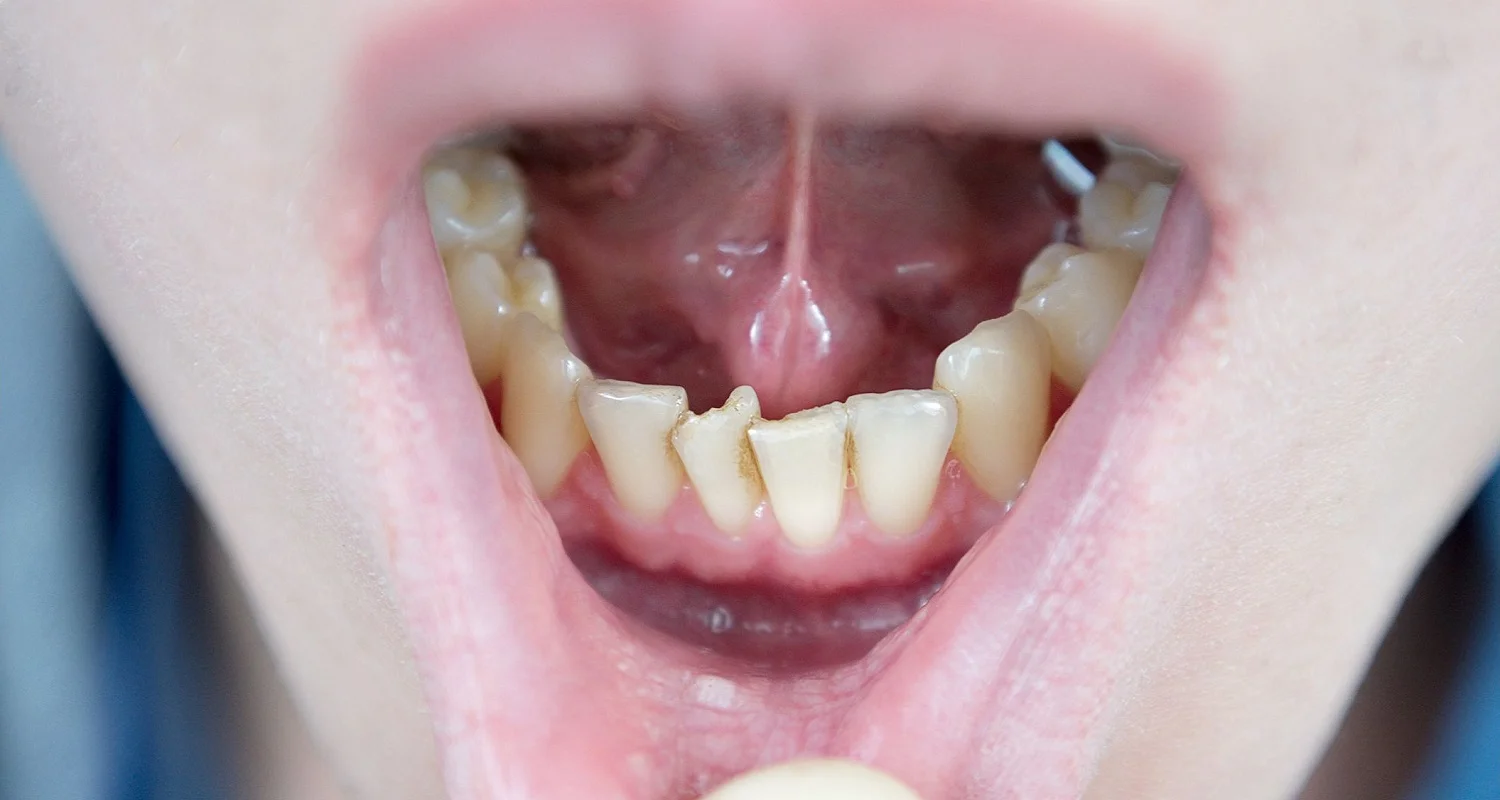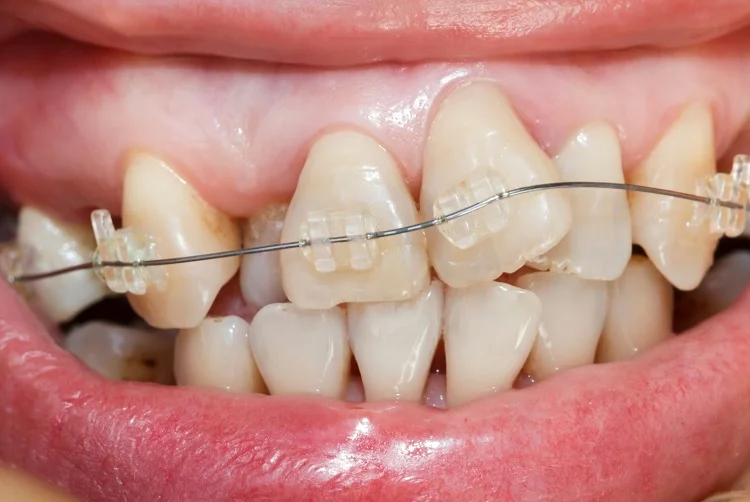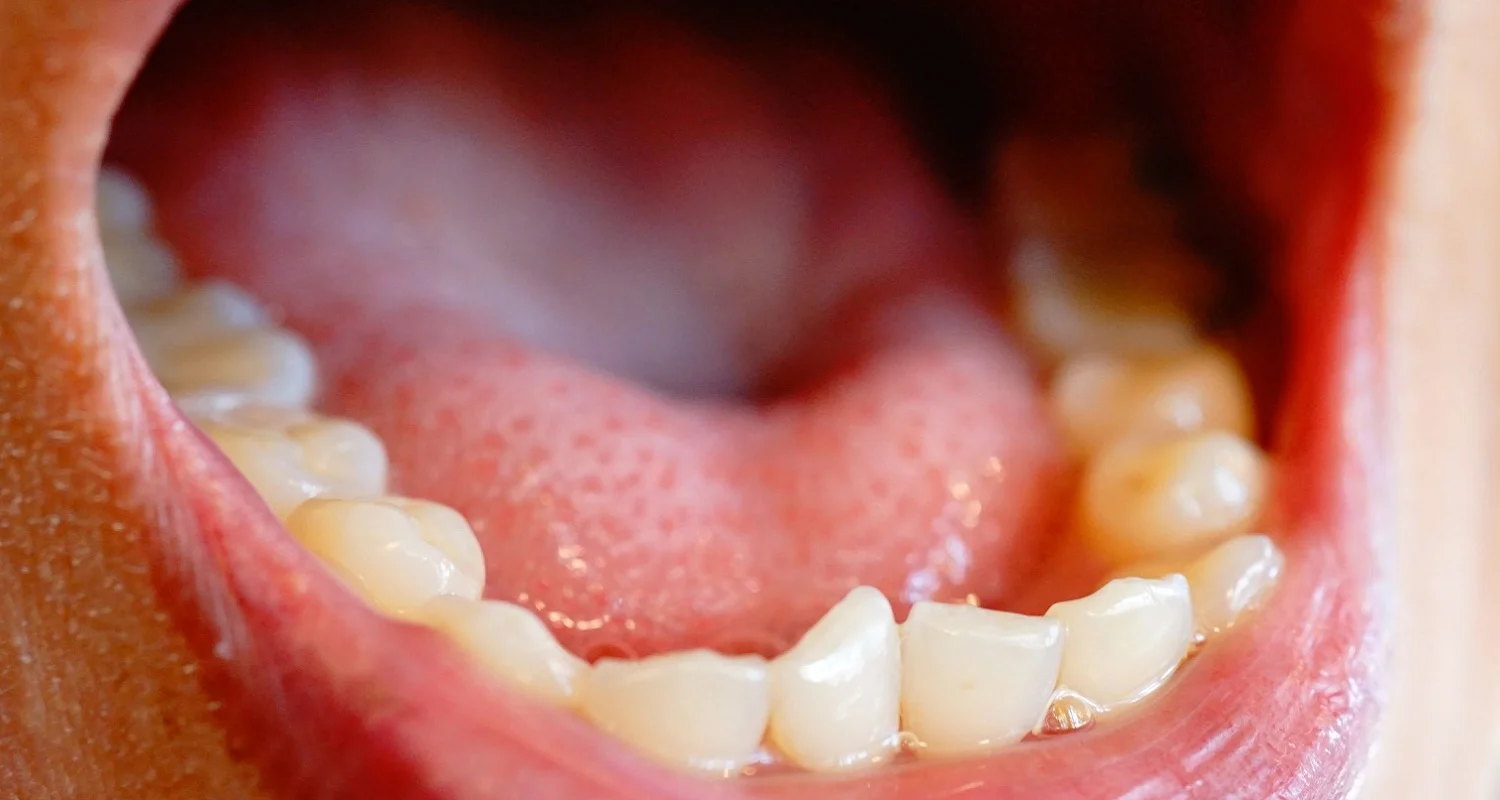Last Updated on: 19th September 2025, 12:51 pm
Crooked teeth are considered to be the third most prevalent and impactful oral pathology in the world. It is called dental malposition, misaligned teeth, or malocclusion.
In other words, occlusion is the correct alignment of the teeth and of the upper and lower jaws. It has a direct effect on overall well-being.
Generally, malalignment of the teeth is approached from the perspective of good aesthetics. A search for the phrase “smile design” on the Internet reveals more than 97 million files with information on the perfect smile that so many want to achieve.
However, when searching “dental malocclusion”, 375,000 results will be found. The difference between these two figures shows where most of the attention is turned; clearly, it is toward having perfectly straight teeth for the sake of appearance, leaving the effects on health in the background.
For some people, a few misaligned (crooked) teeth are part of their appeal. In other cases, dental malposition involves several teeth and requires attention.
Malocclusion has consequences on people’s health: difficulty in practicing dental hygiene, problems eating, and headaches, among others. Here you will find information about the various symptoms, the different causes and the consequences, and the options available to correct dental alignment.
What are the Symptoms?
Some of the symptoms registered by dental malposition are:
• Abnormal appearance of the face
• Difficulty speaking
• Headache or headaches
• Involuntary biting of the cheeks
• Ringing in the ear
• Breathing through the mouth without being able to close the lips
• Noises or pain in the jaw muscles
What Causes Crooked Teeth?
Malocclusion may be hereditary. It can also be a consequence of the difference in size between the jaw and the teeth, such that the teeth adjust their position within the available spaces and thus become misaligned.
Another situation that produces dental misalignment is the difference in size between the arches of the upper and lower jaws, which generates abnormal bite patterns.

However, the position of milk teeth has no effect on the alignment shown by the permanent teeth. Other situations can affect the alignment of the primary or permanent teeth:
Chewing less
Due to the processed foods that are frequently consumed, less chewing is exerted, which has had an effect on the size of the jaw: now it is smaller and shorter, a circumstance that -according to specialists may be related to the teeth alignment.
Lack of timely dental care
Loss of teeth, tumors in the mouth or jaw, and ill-fitting braces or dentures are all causes of malocclusion. Misaligned teeth make oral hygiene difficult, a situation that opens avenues for cavities, gum disease, and other oral health issues.
Blows or injuries
A blow to the mouth or face can affect the location of the teeth and their alignment. Likewise, any malalignment of the jaw after a serious injury or fracture will have an effect on the correct placement of the teeth long term.
Habits to eliminate
Some repetitive behaviors have adverse effects on the muscles of the mouth and face. In addition, they can generate a variation in the alignment of the jaw. These behaviors are called myofunctional bad habits and refer to:
• Sucking a finger
• Putting pressure on the teeth with the tongue
• Breathing through the mouth
• Using a bottle or pacifier after the age of three
Bad myofunctional habits (dysfunctions related to speech, writing, teeth and jaws associated with orofacial and respiratory habits) can be the cause of a malocclusion.
Misaligned jaws
Specialists describe three types of mandibular alignment:
1. Normal bite: It is the most frequent diagnosis and occurs when the upper teeth protrude a little from the lower ones.
2. Retrognathism or overbite: In these cases, the upper jaw and teeth noticeably overlap the lower jaw, causing an abnormal bite.
3. Prognathism or submortida: It occurs when the lower jaw protrudes from the upper.
Why is it Important to have Aligned Teeth?
The correct alignment of the teeth facilitates a better quality of life. Having a denture with the correct occlusion allows adequate food intake and chewing.
Teeth in the correct alignment will not lead to episodes of headaches or migraines. Other situations are facilitated:
• Ease of cleaning the interdental space, thus avoiding cavities as well as gum disease that – if not treated in a timely manner – is the cause of periodontal disease or periodontitis.
• Talking in a clear and understandable way since crooked teeth affect proper pronunciation and vocalization.
• There will be no excessive wear on the teeth, gums, and jaw muscles. Neither will there be cracked pieces, nor tension in the maxilla. Non-aligned teeth, with malocclusion, favor tooth wear and generate mistreatment of the gums and jaw muscles. The result is cracked teeth and stresses on the jaw joint.
• Adequate chewing and intake. Crooked teeth interfere with the correct intake of food and therefore digestion.
What Options are Available to Correct Malocclusion?
Finding an effective solution for each case requires consulting with an orthodontist. There are several alternatives:
• Breaks: They are a good option for children since even their gums and bone tissue are flexible and malleable. Treatment can take between two and three years.
• Porcelain Veneers: They are an aesthetic option. Veneers are strategically placed to give the appearance of correct dental alignment, with a perfect smile.
• Surgery: It is another option to align teeth in less time. It is generally prescribed for adults.
• Metal braces (brackets): These are a suitable option for those with dental alignment problems that require more care. The continuous pressure on the teeth gradually displaces them, and the jaw changes its shape to adapt.
• Ceramic brackets: They are less visible than metallic ones and require the same treatment, but they break easily. In addition, they stain and entail a higher cost.
• Transparent plastic aligners: These are made to measure for each person to facilitate adaptation in the mouth. They are located on each tooth and are replaced twice a month. Note: this is an unsuccessful alternative for advanced malocclusion.
Are there Home Therapies for Malocclusion?
Trying to straighten the teeth with home therapies is not appropriate, since inappropriate methods can bring consequences with a higher level of affectation than the original crooked denture.
Using someone else’s orthopedic elements (brackets) or self-designed instruments can exert excessive pressure on the teeth and affect the root and ligaments, with the following consequences:
• Caries
• Intense pain
• Affected tooth enamel
• Abused gums
• Major dental misalignment
• Loss of teeth
• Broken or fractured teeth
If dental malposition is the cause of difficulty in eating, episodes of headache or migraines, not speaking in a precise and understandable manner, etc., it affects the quality of life. It is suggested to consult with a specialist and receive the required treatment, according to the prescribed professional diagnosis.
Frequently Asked Questions
What is teeth straightening?
Teeth straightening involves aligning and positioning teeth correctly in the mouth to ensure that the upper and lower teeth fit together properly, improving both aesthetics and oral health. This process addresses issues such as dental malposition, misaligned teeth, or malocclusion.
What causes crooked teeth?
Crooked teeth can be caused by genetic factors, such as inherited traits, and environmental factors, such as thumb-sucking, prolonged use of pacifiers, or mouth breathing. Other causes include differences in jaw size and tooth size, lack of timely dental care, injuries, and certain habits like tongue thrusting.
How long does it take to straighten teeth?
The time required to straighten teeth varies depending on the severity of the malocclusion and the treatment method used. Typically, treatments can range from a few months to several years. For children, braces may take two to three years, while adults might need longer treatment periods.
Can you straighten your teeth without braces?
Yes, teeth can be straightened without traditional braces using alternatives like porcelain veneers for aesthetic correction, transparent plastic aligners for mild cases, or orthodontic appliances for children. However, these methods may not be suitable for severe malocclusion.
Reasons why straight teeth are important
Straight teeth are important for several reasons: they facilitate better oral hygiene by making it easier to clean interdental spaces, thus preventing cavities and gum disease; they help in clear and understandable speech; they prevent excessive wear on teeth, gums, and jaw muscles; they ensure proper chewing and digestion of food; and they prevent headaches, jaw pain, and other discomforts associated with misaligned teeth.
Share:
References
1. Cartes, Ricardo / Araya, Eric / Valdes Carolina (2010)Malocclusions and their psychosocial impact in students of an intercultural high school – International Journal of Odontostomatology / https://www.scielo.cl/pdf/ijodontos/v4n1/art11.pdf
2. Hennessy, Bernard (February 2022)Malocclusion / https://www.msdmanuals.com/es/professional/trastornos-odontol%C3%B3gicos/s%C3%ADntomas-de-los-trastornos-bucales-y-dentales/maloclusi%C3%B3n
3. McGuire, John (s.f) The Best Ways To Straighten Teeth, According To Experts Who Know / https://www.webmd.com/connect-to-care/teeth-straightening/best-ways-to-straighten-teeth-according-to-experts
4. MedlinePlus (s.f) Defective dental occlusion / https://medlineplus.gov/spanish/ency/article/001058.htm#:~:text=La%20oclusi%C3%B3n%20se%20refiere%20al,surcos%20de%20los%20molares%20opuestos
5. Watson, Kathryn (Marzo 21 de 2020)Is There a Way to Straighten Teeth Without Braces? / https://www.healthline.com/health/dental-and-oral-health/straighten-teeth-without-braces
6. Whelan, Corey (May 8, 2019).What Causes Crooked Teeth and How to Straighten Them / https://www.healthline.com/health/dental-and-oral-health/crooked-teeth
-
Nayibe Cubillos M. [Author]
Pharmaceutical Chemestry |Pharmaceutical Process Management | Pharmaceutical Care | Pharmaceutical Services Audit | Pharmaceutical Services Process Consulting | Content Project Manager | SEO Knowledge | Content Writer | Leadership | Scrum Master
View all posts
A healthcare writer with a solid background in pharmaceutical chemistry and a thorough understanding of Colombian regulatory processes and comprehensive sector management, she has significant experience coordinating and leading multidisciplina...

















